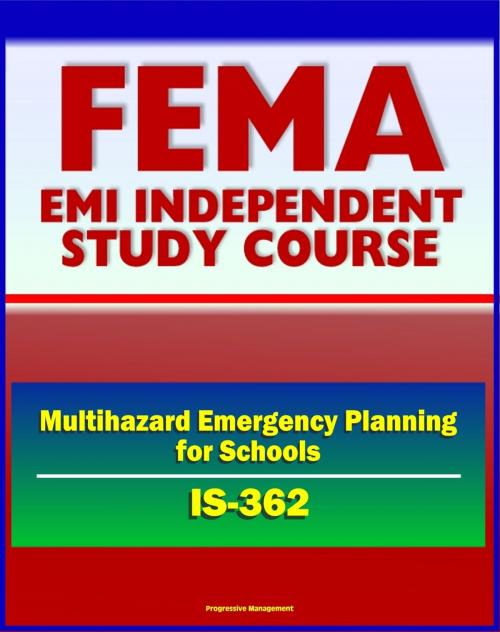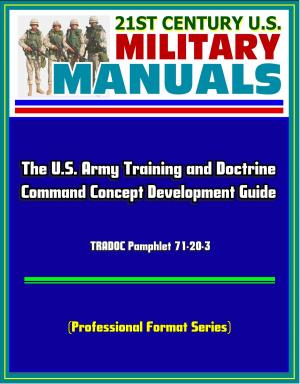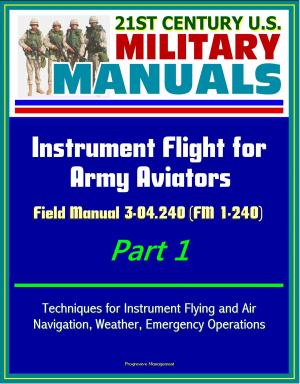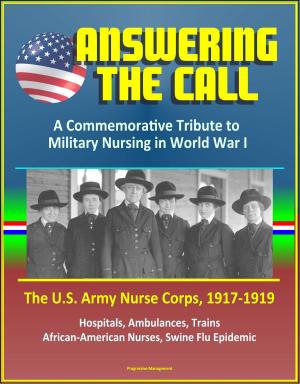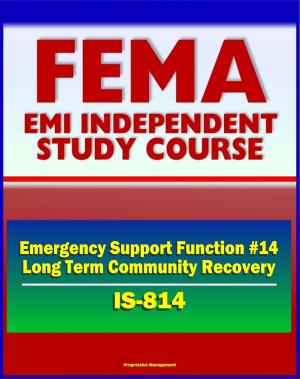21st Century FEMA Study Course: Multihazard Emergency Planning for Schools (IS-362) - Crisis Intervention, ICS, Testing and Drills, Drill Procedures
Nonfiction, Social & Cultural Studies, Political Science| Author: | Progressive Management | ISBN: | 9781465727572 |
| Publisher: | Progressive Management | Publication: | July 19, 2011 |
| Imprint: | Smashwords Edition | Language: | English |
| Author: | Progressive Management |
| ISBN: | 9781465727572 |
| Publisher: | Progressive Management |
| Publication: | July 19, 2011 |
| Imprint: | Smashwords Edition |
| Language: | English |
This Federal Emergency Management Agency (FEMA) independent training course manual from the Emergency Management Institute (EMI) introduces multihazard emergency planning for schools. Topics covered include: planning; crisis intervention; all-hazards approach; hazard mitigation; incident command system (ICS); identifying hazards; hazard types; testing and drills; drill procedures.
Schools play a unique role in emergency management. Charged with the safety and care of our children, school personnel have the moral obligation to ensure that they are able to respond appropriately in an emergency situation.
This lesson will introduce you to some fundamental planning concepts. By the end of this lesson, you will be able to:
Explain the distinction between emergency planning and crisis intervention.
Describe the hazards that should be addressed in a comprehensive Emergency Operations Plan.
Explain the benefits of emergency planning.
Planning versus Crisis Intervention
Keep in mind that:
Crisis intervention is reactive, occurring after an emergency event.
Emergency planning is proactive, enabling schools (and communities) to reduce the frequency and magnitude of emergencies and to respond faster and more appropriately.
Effective planning (including exercising the Emergency Operations Plan, also referred to as the Plan in this course) helps prevent emergencies from becoming crises.
This is a privately authored news service and educational publication of Progressive Management.
This Federal Emergency Management Agency (FEMA) independent training course manual from the Emergency Management Institute (EMI) introduces multihazard emergency planning for schools. Topics covered include: planning; crisis intervention; all-hazards approach; hazard mitigation; incident command system (ICS); identifying hazards; hazard types; testing and drills; drill procedures.
Schools play a unique role in emergency management. Charged with the safety and care of our children, school personnel have the moral obligation to ensure that they are able to respond appropriately in an emergency situation.
This lesson will introduce you to some fundamental planning concepts. By the end of this lesson, you will be able to:
Explain the distinction between emergency planning and crisis intervention.
Describe the hazards that should be addressed in a comprehensive Emergency Operations Plan.
Explain the benefits of emergency planning.
Planning versus Crisis Intervention
Keep in mind that:
Crisis intervention is reactive, occurring after an emergency event.
Emergency planning is proactive, enabling schools (and communities) to reduce the frequency and magnitude of emergencies and to respond faster and more appropriately.
Effective planning (including exercising the Emergency Operations Plan, also referred to as the Plan in this course) helps prevent emergencies from becoming crises.
This is a privately authored news service and educational publication of Progressive Management.
